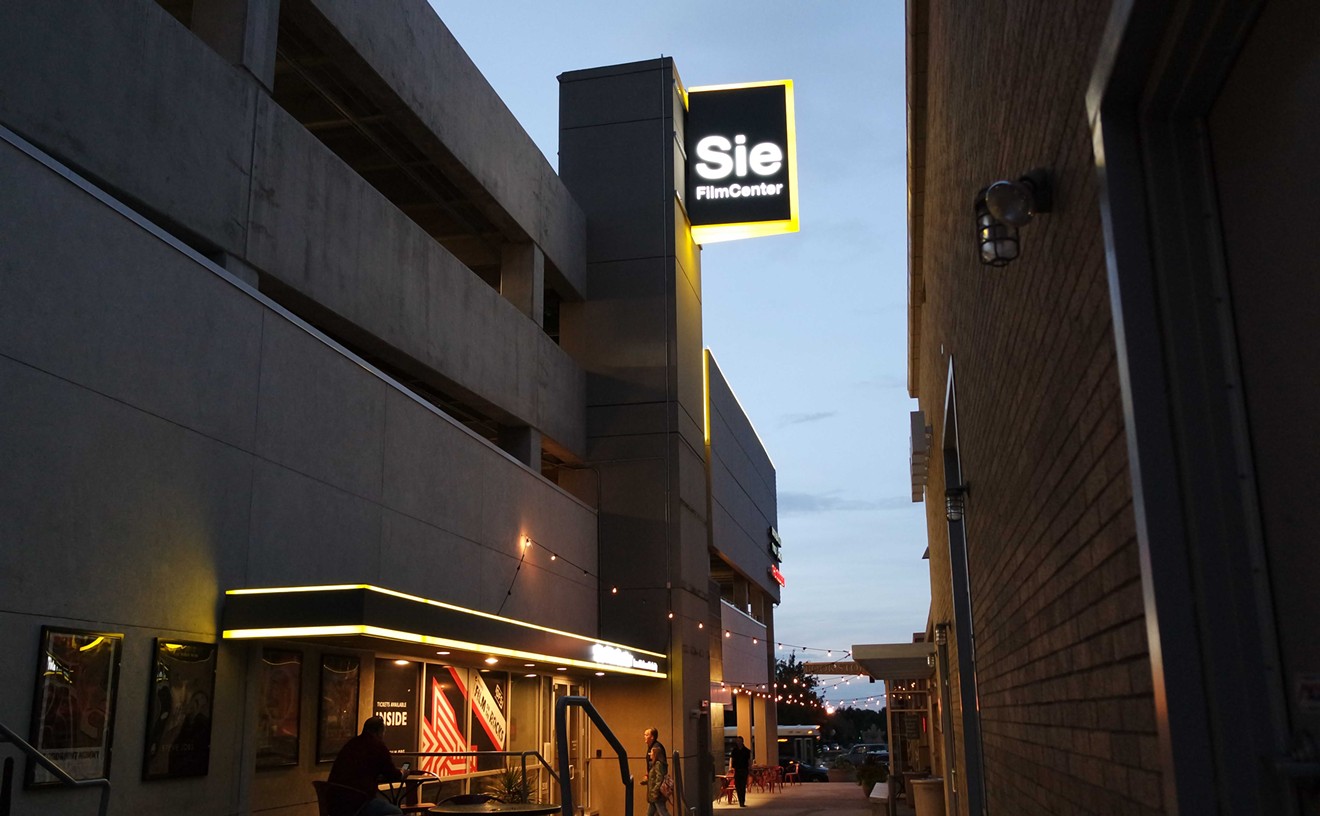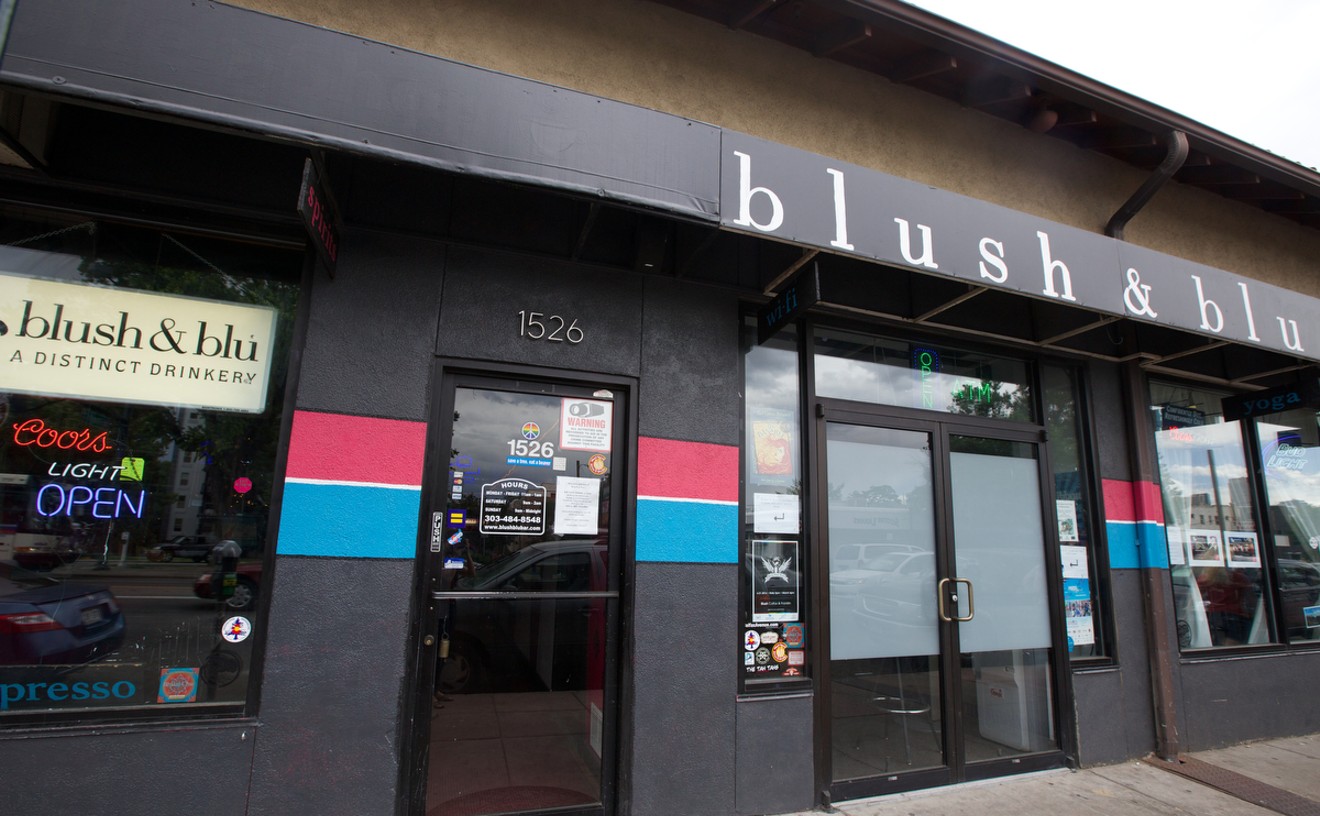The Denver Film Society is turning forty years old this year; it birthed the first Denver Film Festival back in 1977. Two decades later, the organization expanded its mission to running a year-round arthouse, which would allow the audience to experience the quality offerings of a festival every single day of the year; when it moved into the SieFilm Center six years ago, the DFS really developed its daily dose of movies. With three screens, the Sie maintains a perfect balance of new and classic cinema, augmenting regular showings with popular mini fests like Women + Film, CinemaQ and CineLatino, as well as guest programmers like Theresa Mercado, with her magnificent and macabre Scream Screen series. And every November, the Sie is again home to the Denver Film Festival. This theater just keeps on spinning like a reel of film, only with no end in sight.
Readers' Choice: Alamo Drafthouse







